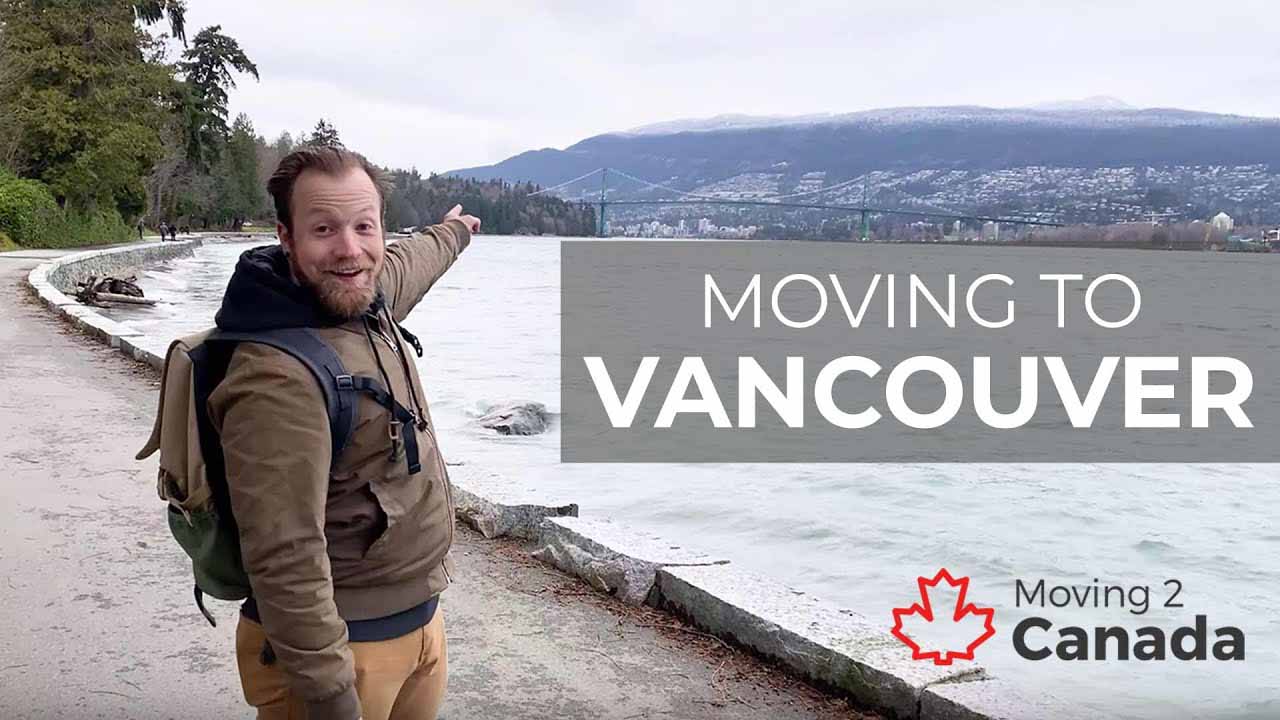Do you need IEC health insurance?
Do you need IEC health insurance?
Advertisement
By Hugo O'Doherty
Updated on July 3, 2024
Which working holiday visa option is right for you? It’s a big call. This page covering some of the best places to work and travel will help you make the right decision for you.
Working holiday visa: First things first
What do the epic ski slopes of British Columbia, the silky warm waters of Bondi Beach, and the bustling banks of the River Thames have in common?
They are all magnets for people around the world who may be in the enviable position to choose which working holiday visa destination is right for them. Now, working “holiday” may suggest a period of rest and relaxation, but it’s also an opportunity to realise professional and personal goals, with the freedom to get out and explore thrown in. For many, a working holiday is a chance to step back from “the grind” and recharge, while for others the working holiday is a chance to build a career abroad. People are different, and they want different things. For this reason, it’s impossible to say that Canada or Australia or wherever else offers the best working holiday visa program, hands down.
Another thing: dozens of countries (around 60) offer some variation of a working holiday visa program. It’s important to note that two factors — your country of citizenship and your age — determine your eligibility for working holiday programs, and just because you may be eligible to move to one country does not necessarily mean you can move to another. Maybe one day we’ll write a book about all working holiday destinations around the world, but for now (sorry Hungary, Uruguay . . .) this page is going to focus on some of the best countries to work abroad for young people. So without further ado, let’s hear it for Canada, Australia, New Zealand, the UK, and Ireland.
You may also like to know what makes the Canadian Working Holiday visa ideal for UK travellers.
Check out these working holiday destinations:
Canada
The working holiday for Canada is delivered through the International Experience Canada (IEC) program, through which you can get a work permit that is valid for 12 or 24 months, depending on your country of citizenship.
Any work restrictions?
With the exception of some high-level government jobs, there is no restriction on what type of job you can hold while on a working holiday in Canada, nor is there any restriction on which location you may live in. You don’t need to secure a position before coming to Canada, and many participants, especially those who can bag a work permit valid for 24 months, take advantage by working in multiple locations over the course of their time in Canada. So you can mix it with business types in downtown Toronto for a while, then head west to work in a ski resort before potentially making it to Montreal for the summer festival season, or go anywhere else in between. Alternatively, you could make one specific location your home away from home.
What job opportunities are available?
The Canadian economy is as diverse as the country itself. That is to say, it depends on where you end up. But there are some tried and tested, go-to jobs that remain popular among the hordes of working holidaymakers who land in Canada each year. Hospitality, tourism, and seasonal roles abound, and you won’t be waiting long to hear Irish, Australian, and German accents among those pouring your coffee, checking you into your hotel, or giving you access to a ski lift.
On the more professional side, there are tons (and we mean tons) of jobs in tech, marketing, and finance; Toronto is the main, but by no means only, hub for those positions. Meanwhile, construction and engineering professionals will be delighted to hear about Canada’s exploding infrastructure sector and red-hot real estate market (for more on that head over to Outpost Recruitment, our agency for matching engineering and construction talent with great opportunities in Canada).

How easy is it to stay?
It’s doable, and many IEC working holiday participants transition to permanent residence in Canada. Depending on your circumstances, this transition from working holidaymaker to permanent resident may be direct, in which case the Express Entry system or Provincial Nominee Program may be appropriate, while for others a stint on another work permit may be required before eventually obtaining permanent residence (note: getting another temporary work permit may require an employer backing you).
The verdict
Getting a working holiday work permit for Canada is relatively straightforward, assuming you’re eligible, of course. The openness of the program, with pretty much no restriction on where you can live and work, is a huge advantage, particularly when the economy is growing as it is today. But note that winter in most of Canada is extremely cold, in all likelihood far colder than anywhere else you have been, so don’t say we didn’t warn you.
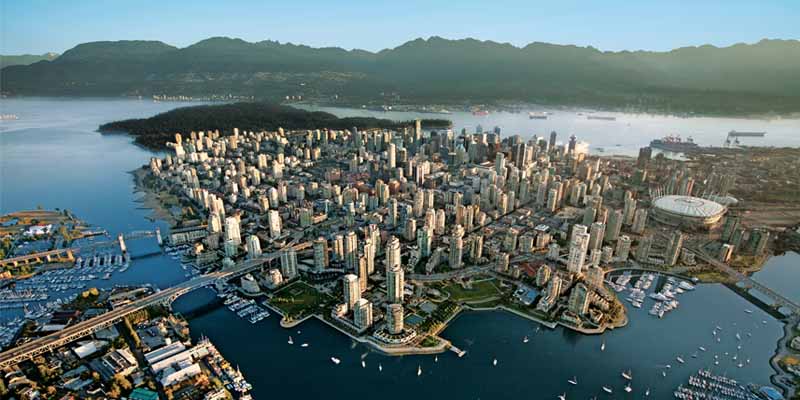

Stop. Here's your next step.
Australia
The Australian working holiday visa program is delivered through two visa subclass types: subclass 417 is for citizens of 19 countries, including Ireland, the UK, and Canada; subclass 462 is for citizens of 25 countries, including the United States. Initial work permits are typically granted for 12 months, though obtaining a second or even third working holiday visa is possible under certain conditions.
Any work restrictions?
Yes. Working holiday visa participants in Australia can only work six months for each employer (with some exceptions) and/or study for up to four months. However, you can extend the subclass 417 visa for an additional year if you do three months of specified regional work listed here, while a similar rule applies to subclass 462 workers, with specified regional work conditions found here.
What job opportunities are available?
Australia has proven popular among international youth who wear their backpacker status with pride, and the work restrictions outlined above may play a part in that. It means that a significant cohort of Australia-bound working holidaymakers end up living and working in multiple locations over the course of their stay, taking hospitality roles and other casual jobs as they follow the sun around this vast country. Some people have used the working holiday program as a portal to a professional career in Australia, but other visa types may be more appropriate if you’re looking to further your career in Australia. If you want to make a splash in the corporate world or build a nest egg working in the natural resources sector, the Australia visa finder may guide you towards a better option than the working holiday route.
How easy is it to stay?
It can be tricky. Australia has more visa subclasses than kangaroos at this stage, with options opening and closing over time. If you want to get a second working holiday visa, you’ll need to wave goodbye to your friends on Bondi Beach and get stuck into some regional work for three months. But that may not be necessary if another visa option is available to you; again, the visa finder is a helpful resource.
The verdict
The Australian working holiday is a fantastic opportunity for anyone looking to travel far and wide without having to go into debt. Far from the hustle and bustle of the big cities lie some of the world’s best beaches and coastlines, perfect for the road trip of a lifetime. However, the Australian working holiday may not be a great option for those hoping to take a level up in their career right away. Also, bear in mind how far you are from friends and family; streaming your favourite team’s games every week will make you nocturnal, and nipping home for an event such as a wedding can be draining on your body, mind, and credit card. You may have to start RSVPing in the negative a lot more.
Find out more:
Work and Holiday visa (subclass 462)
Working Holiday visa (subclass 417)
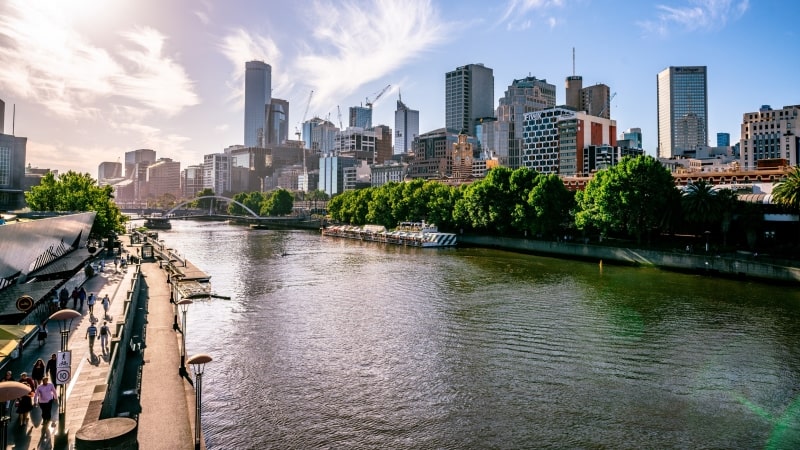
New Zealand
New Zealand working holiday visas are available to citizens of 45 countries, making this one of the most open working holiday programs globally. Most participants can work for up to 12 months on initial entry, though citizens of the UK and Canada can enjoy 23 months.
Any work restrictions?
None, you can work for any employer in any location.
What job opportunities are available?
From fruit picking to hospitality work to the traditional 9-to-5 office environment, New Zealand has plenty going on. Many working holiday participants do stints on both the North Island and South Island, which is a great idea if you want to explore more of the country. New Zealand has a highly developed free market economy, with Auckland the main financial centre. NewZealand.com has some great advice and recommended links for working in New Zealand.
How easy is it to stay?
Short-term, working holiday visa participants in New Zealand can stay an extra three months if they complete three months of seasonal work in the horticulture or viticulture industries (learn more here). As for a longer or permanent stay, the government of New Zealand has put the squeeze on intake to some extent, but plenty of options for immigration to New Zealand remain available.
The verdict
New Zealand is an amazing place to spend a year or two as a young adult. From the beaches of the north island to the snowy mountains of the south, the landscape can make your jaw drop at any moment. With friendly locals to get to know, lots of jobs, and plentiful, affordable accommodation, there are no major downsides. However, you will be far away from home, guaranteed. And though you may want to stay forever, that is not guaranteed.

United Kingdom
The former ‘Working Holidaymaker’ visa category has been replaced by the UK Youth Mobility Scheme, which is open to people aged 18 to 30 from eight countries, as well as British overseas citizens, British overseas territories citizens, and British nationals. Successful applicants can work in the UK for up to 24 months.
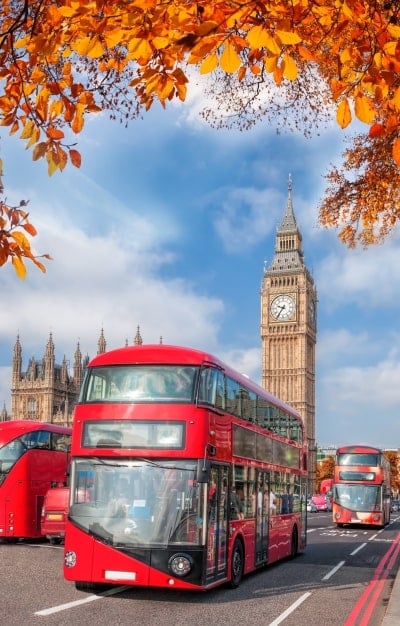 Any work restrictions?
Any work restrictions?
Not really, except if you want to work as a doctor or dentist in training (unless you can show you qualified in the UK) or as a professional sportsperson. So if you fancy yourself as the next Premier League star, you’ll have to look at another visa type.
What job opportunities are available?
The UK Youth Mobility Scheme is a great opportunity for the more career-minded working holidaymaker. Two years is a long time to build connections and not just land a job, but get a promotion or transition to a more exciting or lucrative role. London is a global powerhouse, with opportunities in each and every industry. But don’t be afraid to branch out to smaller cities and towns, particularly if affordability is on your mind. London is bloody expensive, as they say.
How easy is it to stay?
The Youth Mobility Scheme is not renewable, and you may find it difficult to stay in the UK when your time is up. This is especially the case in the current political climate, where most people agree that a desire to tighten immigration regulations is a driving force behind current government policy. This is no more obvious than in the fact that Brexit is a reality. The folks at 1stcontact.com have outlined five of the most common ways to stay in the UK after the Youth Mobility Scheme, but note that two of these five options involve you researching your family tree to look for Britons.
The verdict
The UK will always have an emotional and practical pull for people around the world. It’s an exciting, dynamic place with plenty of opportunity for professional and personal development. But, it’s also going through a rocky patch right now (some may call it a temper tantrum, identity crisis, or a nervous breakdown), and the political turmoil may lead to a significant, long-lasting economic downturn and likely changes to immigration rules. But, it’s still a great place to live for a couple of years. For now.
Find out more about the Youth Mobility Scheme visa.
Ireland
Formally called the Working Holiday Authorisation, this program is open to citizens from eligible countries. You can work in Ireland for up to 12 months, or you could be lucky and Canadian, in which case you can work for up to 24 months. Canadians also get lucky when it comes to age; whereas the eligible age range is 18 to 30 for the other nine countries, Canadians may apply up to and including the age of 35.
 Any work restrictions?
Any work restrictions?
Nope!
What job opportunities are available?
Dublin is home to multinational tech giants like Google, Facebook, and Indeed, and there’s a constant stream of tech jobs to be snapped up. But if working for ‘the man’ isn’t your thing, Ireland has developed a pretty innovative startup culture. Then, of course, there are also thousands of bars, restaurants, cafes, and hotels that need enthusiastic workers.
How easy is it to stay?
Two common routes to staying in Ireland after a working holiday are the Critical Skills employment permit and the General employment permit.
The verdict
Much like the UK, Ireland is attractive to those who hope to travel internationally while on a working holiday. Cheap air fares mean you could be in Amsterdam, Sevilla, or Paris for the same price as a regular taxi ride home from a night out. As for the 9-to-5, Dublin is booming, but affordability is a massive concern, particularly when it comes to housing. Consider alternatives such as Galway or Cork as a base if you want enough Euro left over to actually go traveling.
A note about the USA
We debated including the United States of America on this page. It’s big, most people there work in English, and your uncle, cousin, or older sister probably has tales of spending time working and traveling in the USA. And though Uncle Sam never had an immigration program strictly called a working holiday, the rules of some programs, notably the J1, were for years quite similar to working holiday visa programs in other countries. Certainly similar enough to be comparable.
Alas, the J1 program has been tightened up in recent years, and more participants now need to secure a job offer related to their studies in order to apply. There is a Summer Work Travel Program within the J1 visa type, but this is restricted by time (the clue is in the name) and only those studying outside the USA full-time at post-secondary level may apply. Other J1 visa types are oriented towards particular careers, and a job offer is required.
- Citizens of Australia and New Zealand may be eligible for a 12-month J1 visa without a job offer if they are currently studying at post-secondary level outside the USA or have graduated within the past year. See here for details.
- A similar opportunity is available for Irish citizens. See here for details.
Even though the US may allow you to work there for a year, you will either need a job offer before being approved or, depending on your citizenship and higher education, you may be allowed to search for a job after arrival. But! The job you end up taking must align with your recently completed, or ongoing, education. For these reasons, it can’t really be said that as of right now the USA has a working holiday-type visa program.
Working holidays in summary
| Open to people from how many countries? | Initial work permit duration | Any limits on work? | Work permit cost | Minimum funds required on entry | Most popular working holiday destination | |
|---|---|---|---|---|---|---|
| Canada | 35 | 12/24 months | None* | CAD $172 | CAD $2,500 | Vancouver |
| Australia | 44 | 12 months | Yes. Max. 6 months with one employer. | AUD $485 | AUD $5,000 (CAD ~$4,430) | Melbourne |
| New Zealand | 45 | 12/23 months | None* | Varies, but $280 (CAD ~$231) for most applicants | Varies, but NZD $4,200 (CAD ~$3,465) for most applicants | Auckland |
| UK | 8 (plus a range of British territories) | 24 months | None (except listed here) | £244 (CAD ~$397) | £1,890 (CAD ~$3,075) | London |
| Ireland | 10 | 12 months (except 24 months for Canadians) | None* | Varies (usually in applicant’s home country currency, but typically around€100 (CAD ~$150) with additional post-arrival registration fee of €300 ($450) | Varies, but typically at least €1,500 (CAD ~$2,168) with proof of a return air ticket / €3,000 (CAD ~$4,335) without a return air ticket | Dublin |
- To learn more about the IEC Working Holiday program, head right along over here.
- And don’t forget to create your Moving2Canada account and sign up for our newsletter here.
Disclaimer: Information contained on this page is correct as of October, 2019. The Moving2Canada team makes every effort to maintain the accuracy of this information, but cannot guarantee accuracy over time. We encourage readers to verify information on the relevant government web pages linked throughout this page.
Related Content
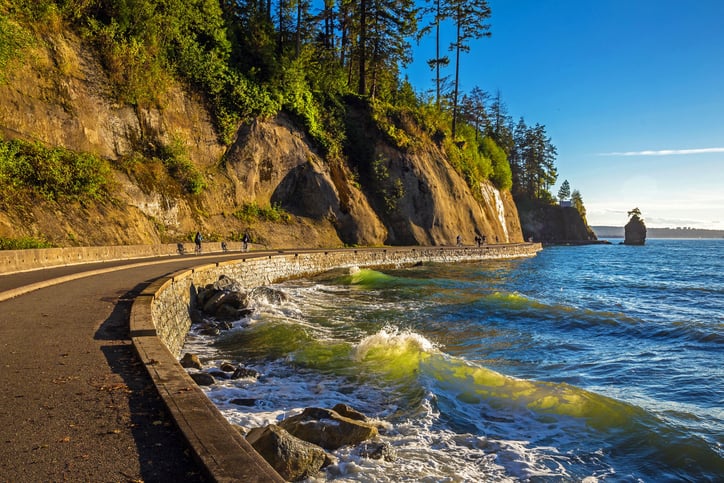
Participation Age Increased To 35 For Luxembourgish IECers
Read more

Latest IEC Working Holiday Canada News
Read more

Canada’s IEC and the Temporary Resident Targets: What To Expect
Read more

Finland joins IEC Canada countries
Read more
About the author






